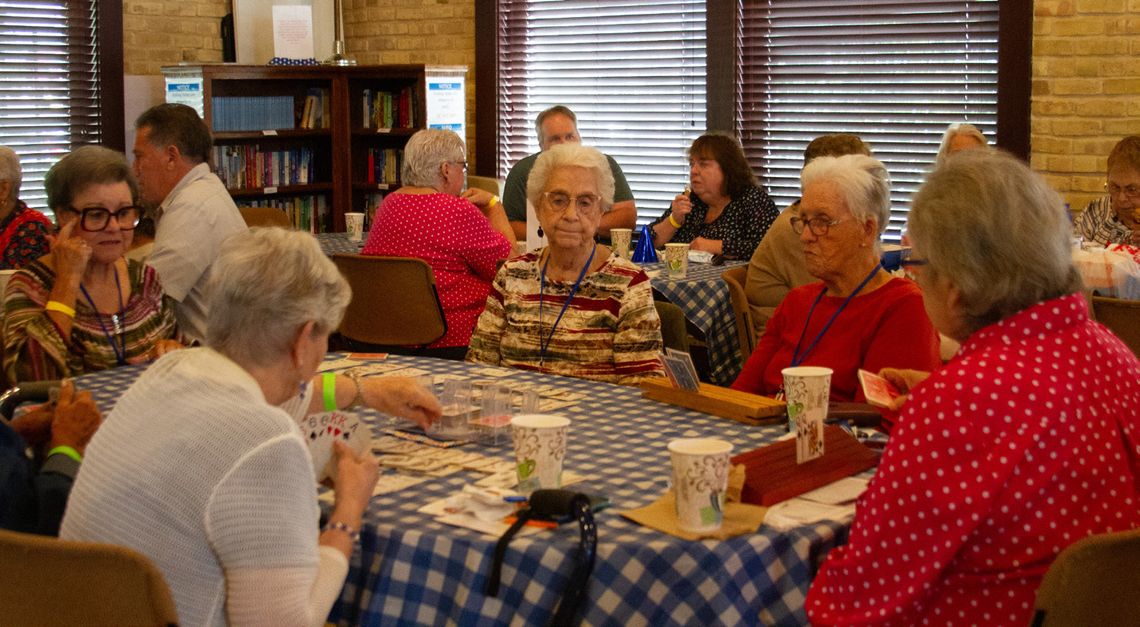PLEASE LOG IN FOR PREMIUM CONTENT. Our website requires visitors to log in to view the best local news.
Not yet a subscriber? Subscribe today!
PEC celebrates 85 years serving Texas Hill Country
HAYS COUNTY —










